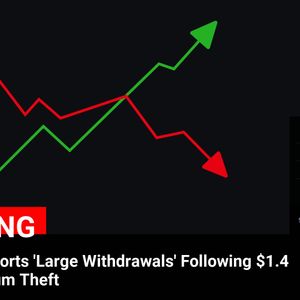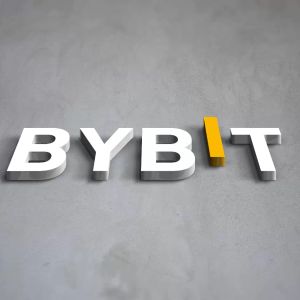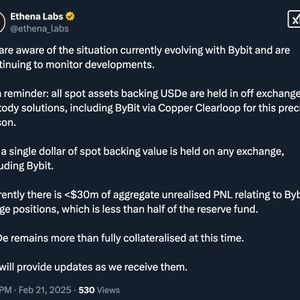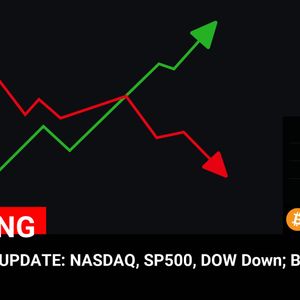The post Bitcoin’s Rocketing DeFi TVL Proves Value Beyond Store of Value appeared first on Coinpedia Fintech News Bitcoin’s status as the number one store of value in the crypto world is easy to discern from a cursory glance at the price charts on CoinMarketCap. It’s also easy to appreciate if you’re familiar with its consensus mechanism, scarcity, and supply schedule. Of late, though, the world’s best-known digital asset is making waves in another area – DeFi. Once viewed as digital gold and the ultimate inflation safe haven, BTC’s increasing adoption in DeFi is now one of the hottest narratives in the industry. Indeed, the total value locked (TVL) in DeFi protocols has been on a steady march since last October. So, which factors can we credit with the bounce? And why does it matter? Bitcoin’s DeFi Boom It’s fair to say Bitcoin had a momentous 2024. Not only did it smash through its previous ceiling and post a new all-time high (ATH) price, but it experienced a halving event, saw huge interest from institutional investors thanks to spot ETF launches, and it was even praised by a leading Presidential candidate – who went on to win the election. This momentum continued into the new year, with Bitcoin’s price hitting a new ATH of $109,350 on January 20th. Perhaps more consequential than the price, though, is the coin’s attractiveness to the movers and shakers in decentralized finance, be they traders, lenders, borrowers, or stakers. This phenomenon has even birthed its own term: BTCFi. Incredibly, the total value of Bitcoin locked in DeFi rose more than 2,000% in 2024, from just $307 million in January to around $6.5 billion by December 31. As mentioned, the temperature of investor interest has risen sharply since October and at the time of writing, despite recent market choppiness, $6.8 billion is locked in BTFi. Clearly, Bitcoin’s unrivalled security and deep liquidity make it an ideal foundation for DeFi protocols, many of whom have benefitted from the emergence of scaling solutions like Lightning Network and exSat which enable faster and more scalable transactions to occur. The arrival of these platforms is no surprise given the depth of dormant liquidity held by bitcoiners, a community that has, until recently, been unable to capitalize on the myriad DeFi opportunities available using their favorite cryptocurrency. In hindsight, it was always a matter of time before solutions came online enabling the use of BTC in decentralized finance. exSat, described as the Docking Layer for Bitcoin scalability, is a particularly interesting example of a BTCFi project, in that it employs a hybrid consensus mechanism (Proof-of-Work and Proof-of-Stake) to import Bitcoin blocks in a decentralized fashion. In so doing, exSat supports the extension of Bitcoin’s utility and enables the development of intuitive Bitcoin-based dApps like DEXs and lending protocols. Late last year, exSat rolled out Credit Staking to unlock new earning opportunities for bitcoiners while bolstering ecosystem security. With Credit Staking, users can validate BTC blocks within exSat’s network, sign the consensus, and earn rewards in the process. One of the leading Bitcoin restaking protocols, it now boasts $692m in TVL. By providing secure and transparent yield opportunities for hardcore bitcoiners, exSat’s Credit Staking replicates the success of Ethereum-based DeFi protocols that grew in popularity from 2019 onwards. Interestingly, Credit Staking relies on the use of a native exSat bridge, developed with the aid of Ceffu, ChainUp, Cobo, and Cactus Custody, which lets users retain ownership of their underlying BTC while participating in staking. Early Days for BTCFi Although Bitcoin’s DeFi TVL still lags behind the likes of Ethereum and Tron, it is on an undeniable upward trajectory. The blue-riband cryptocurrency’s transition from a static safe haven asset to a dynamic DeFi player is just beginning, with innovations like those mentioned above paving the way for broader adoption and lucrative market opportunities. Although the future of Bitcoin DeFi is bright, to borrow a popular phrase: we are still early. Particularly if Galaxy Digital’s prediction proves to be correct; last year, it said that 2.3% of Bitcoin’s circulating supply could be bridged into BTCFi by 2030 – around $47 billion. DeFi-curious bitcoiners, then, would do well to make sure they’re aware of the opportunities currently at their disposal.




















